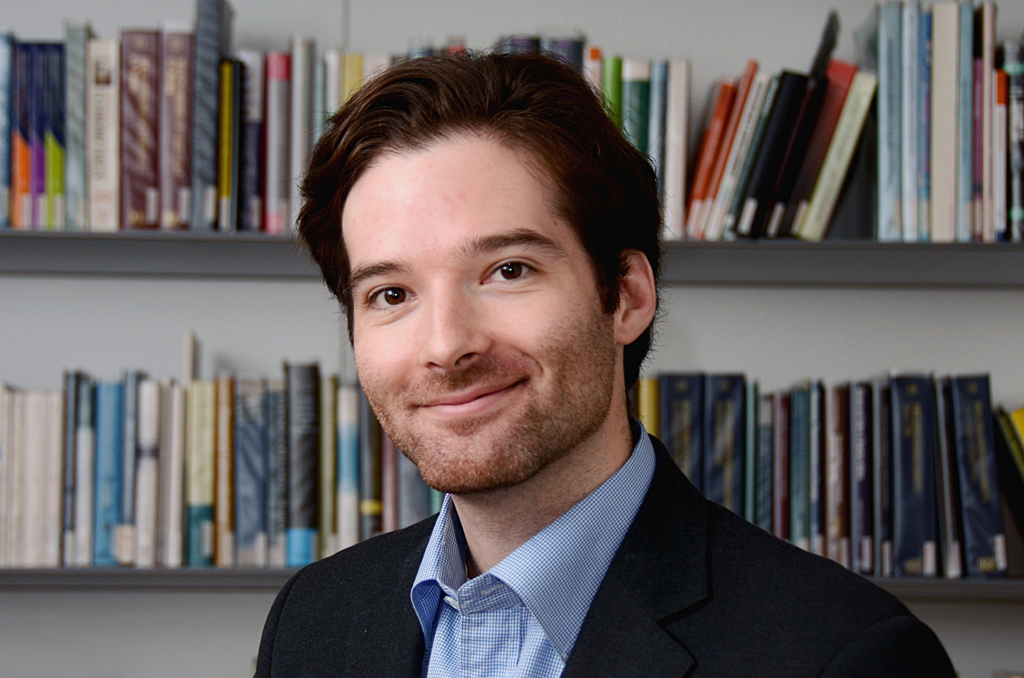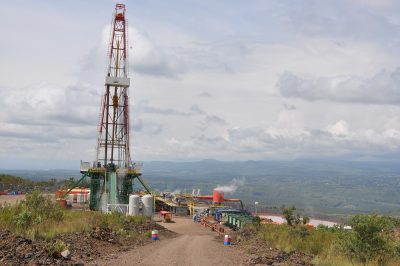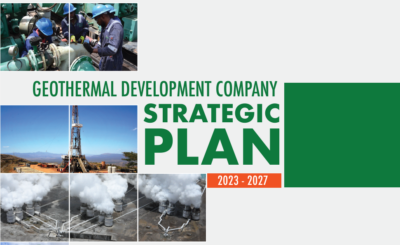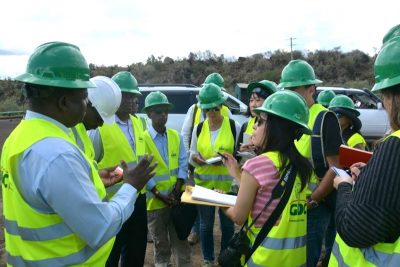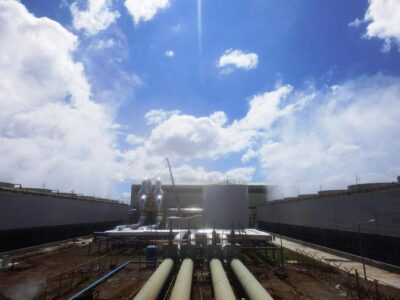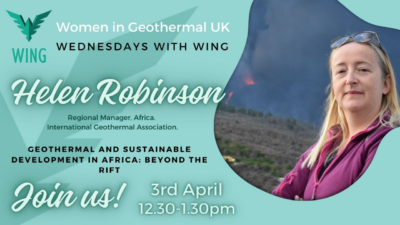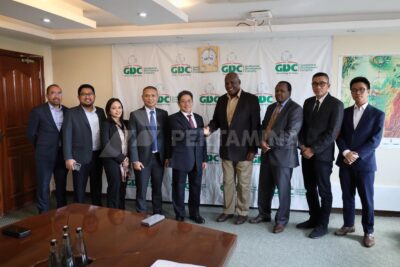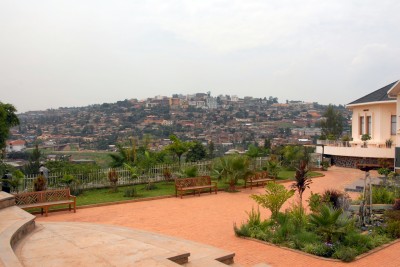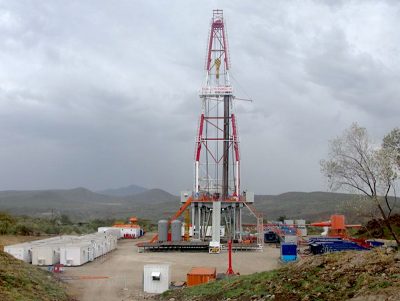Interview: Padraig Oliver, Analyst at CPI on public finance and geothermal deployment
ThinkGeoEnergy interviews Padraig Oliver, Analyst at Climate Policy Initiative (CPI) and one of the authors of a report released today, “Lessons on the Role of Public Finance in Driving Geothermal Deployment in Developing Countries”.
Growing in strength, geothermal energy is seeing impressive growth in developing economies while it slows down on developed ones. Some of the most common hurdles for the development of this renewable energy source have not to do with technology or availability but with risk and funding. Following a series of detailed reports, Climate Policy Initiative (CPI) has just released today a report about the role of public finance and geothermal energy deployment in developing economies.
We had the pleasure of interviewing once again Padraig Oliver, analyst at CPI and one of the authors of: “Lessons on the Role of Public Finance in Driving Geothermal Deployment in Developing Countries”.
- Geothermal is seeing bigger and faster growth in developing economies worldwide, What are they doing right and how could developed economies learn from them?
The barriers and drivers to geothermal growth are very different in developing and developed countries. While the relative immaturity of capital and geothermal markets in some developing countries can be a barrier, many of these countries are experiencing rapidly rising electricity demand and for those with geothermal resources it can be one of the lowest cost and in some cases the cheapest source of power. In our research with the Climate Investment Funds, the three developing countries we looked at had deployment targets and accompanying policies such as feed-in tariffs. This policy support also allowed development finance institutions to make a difference in project-based lending.
- What do you see as the key elements that in designing feed-in tariffs to incentivize geothermal development?
As with other renewables, the key elements are for power tariffs to provide long-term certainty around project revenues and for those tariffs to be set high enough return to incentivize investment. How long revenues need to be certain can depend on the country circumstances – for example, in Turkey there is a 10 year regime, in Kenya 20 years and in Indonesia it can be up to 30 years. Having said that, feed-in tariffs are not a silver bullet. Geothermal’s significant upfront risks and exploration costs mean that risk-sharing instruments and approaches are needed as well.
- Public finance is still too small to cover the full investment demand for geothermal projects. What role do you think public finance will play in the future for geothermal projects?
Public finance will play a crucial role in driving private investment but its precise role will be very country-specific because financial markets and the geothermal industry are at different levels of maturity in different countries. In Kenya, for instance, multiple channels for public finance are being adopted. The government is investing direct equity in a publically-owned exploration and drilling company and development banks are providing guarantees and low-cost, long-term loans to projects. What is important to ensure maximum impact is that different public finance providers coordinate their approach to grow geothermal within a country while remaining aware of what commercial finance can and can’t do to prevent crowding out private investment.
Governments in developing countries should also realize the potential of private investment. Our analysis shows that with the right policies and financial measures, governments can drive sufficient investment to deliver geothermal power at a similar cost to purely public development models while providing just 15-35% of the financial resources they would have spent had they built and operated projects themselves
- Risk mitigation seems to be one of the main themes in the geothermal development world. What countries do you think provide the best mitigation schemes and what role does it play for attracting funding for projects in these countries?
Risk mitigation is key both to incentivize investment and to reduce power tariffs to a politically acceptable level. We found that a combination of risk mitigation measures by governments and development banks reduced the cost of electricity in three projects in Kenya, Indonesia and Turkey by between 35-48%. But the make-up of these measures varied depending on the country context. While tariffs for all three projects are denominated in USD to help reduce currency risks and all three projects had some form of exploration risk mitigation whether it be simply survey data passed on by government agencies or several performing wells already drilled on site, political risk was more of an issue in Indonesia and Kenya than in Turkey. Getting some degree of coverage of these risks in place, enables developers to take projects forward. Development banks then mitigated financing risks by providing lower cost or longer term loans that ultimately helped to make projects viable in the Indonesian and Turkish cases and helped expand an existing site in the Kenyan case.
- Following your research on these different case studies, what would be your three key recommendations for development finance institutions?
Firstly, development banks need to continue to increase allocations to geothermal projects and focus on rolling-out risk mitigation instruments and tools to cover early-stage risks. Exploration risks remain the biggest barrier to geothermal deployment. The Climate Investment Funds currently provides more than half of the development finance capital that goes to these stages so more coordination is needed among development banks to provide more. We have seen much support in the form of concessional loans or grants and the trend now is in providing contingent grants, particularly for exploration drilling. We think guarantees could also play a more vital role, so our second recommendation would be to develop standardized political risk or partial credit-risk guarantee products for geothermal: a more streamlined approach should help project developers reach financial close more quickly. Finally, we identified the countries where geothermal can deliver the greatest economic, social and environmental returns. Development banks may want to concentrate their efforts in East Africa, Southeast Asia and the Caribbean as support for geothermal is likely to be higher from national governments in these countries.
- And what would be the key three recommendations for policy makers?
We think that the potential for geothermal to provide low-cost power to meet growing energy demand in many developing countries remains under appreciated. It is a difficult question for policymakers to try to identify the best electricity mix for their country, and geothermal often suffers due to the high upfront costs needed to confirm the suitability of resources for electricity generation. Nevertheless, this overlooks the many benefits geothermal can bring to the system as a clean and baseload power source. So our first recommendation would be to try to identify that potential and send a strong signal to investors with a solid deployment target. This has helped in developing opportunities in Kenya, Indonesia and Turkey. Secondly, policy makers need to set a power tariff that balances the need to reduce costs and risks for private investment without becoming too burdensome on ratepayers. Whether exploration costs are taken on by the private sector and the level of available commercial debt in the market are good indicators to inform what level of tariff may be necessary. Finally, with costs so high for geothermal exploration, data is at a premium. Government agencies are in a strong position to facilitate access to data through a centralized system. Agencies exploring for metals or other resources could feed subsurface data into the system that would be made available to prospective geothermal developers. In addition, developers could feed their own data into the system to help permitting procedures and reduce resource overlaps on concessions.
About Climate Policy Initiative (CPI)
Climate Policy Initiative (CPI) works to improve the most important energy and land use policies around the world, with a particular focus on finance. It supports decision makers through in-depth analysis on what works and what does not, working in places that provide the most potential for policy impact, including Brazil, China, Europe, India, Indonesia, and the United States.
Its work helps nations grow while addressing increasingly scarce resources and climate risk. This is a complex challenge in which policy plays a crucial role.
We would like to thank CPI and Padraig for participating on our interview.
To access the full report, please use this LINK
To read the previous reports published by CPI, please follow these links:
